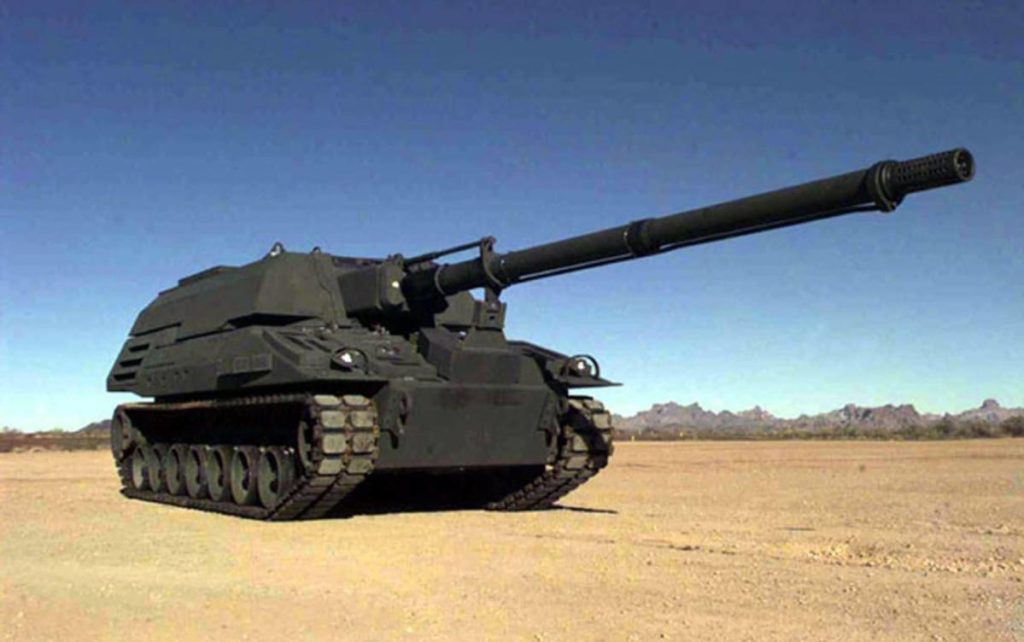The importance of artillery on the modern battlefield cannot be underestimated, with artillery being dubbed the ‘God of War’ by Stalin. Despite this, the US Army has faced significant challenges in developing a new howitzer, failing three times in a generation to acquire new heavy artillery. The latest setback was the cancellation of testing for the Extended-Range Cannon Artillery, leaving the Army without a replacement for its existing M-109 howitzers, which have been in service since 1963.
The Army’s struggles with acquiring a new howitzer have left American artillery gunners in an uncomfortable position as they see Russian and Ukrainian howitzers in action during the ongoing conflict in Ukraine. The US Army first attempted to replace its M-109s in the 1990s with the Crusader, a super-heavy, highly-automated tracked howitzer. However, the Pentagon cancelled the program in 2002 due to concerns about weight and cost.
Following the demise of the Crusader, the Army attempted to develop a new tracked howitzer as part of the failed Future Combat Systems program. The collapse of FCS in 2009 marked the end of the second new howitzer design in just 10 years. The Army then took a cautious approach, upgrading the M-109 with a longer barrel to create the Extended Range Cannon Artillery, capable of firing a shell 46 miles.
However, testing of the ERCA revealed that the longer barrel was also more fragile, failing to meet durability standards. This setback has once again left the Army without a new howitzer, despite being decades behind in artillery technology. The option of importing artillery from leading manufacturers such as Bofors and Hanwha is being considered to re-equip American batteries, despite the potential embarrassment for the world’s richest army.
While the Army grapples with its artillery dilemma, it is worth noting that US gunners also operate hundreds of rocket and missile launchers, including the High-Mobility Artillery Rocket System (HIMARS). HIMARS is considered one of the best artillery systems in the world, capable of firing precision missiles up to 57 miles away and dodging return fire. However, a mix of howitzers and rockets is essential for a well-rounded artillery capability, and the lack of a new howitzer poses a risk to losing crucial close and fast firepower.


